Mythology
-
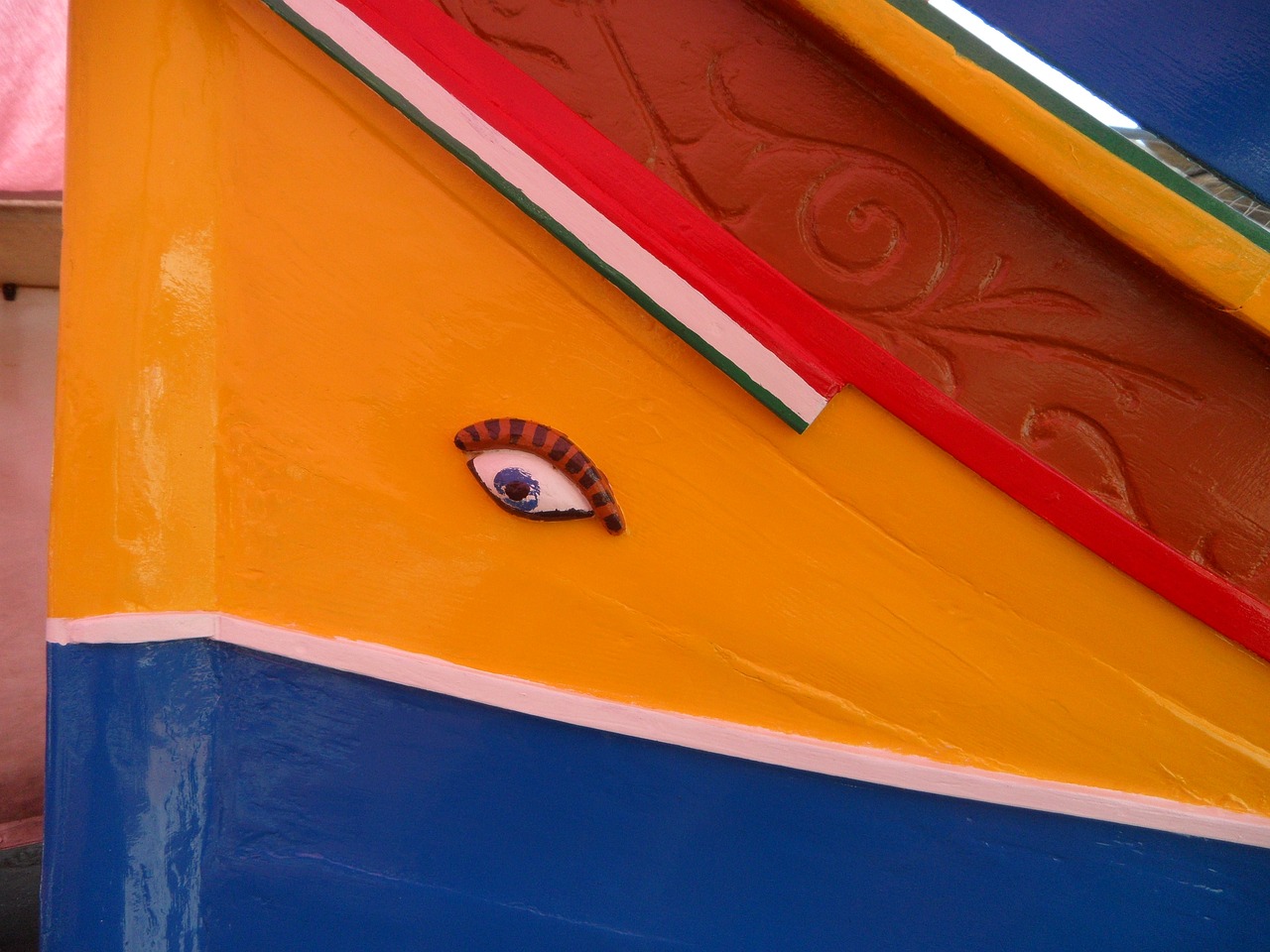
The most elaborate rendition of the Osiris myth finds its roots in the works of the Greek historian Plutarch, who lived from 46 to around 120 CE. Although his recounting is more contemporary, it harmonizes with much of the earlier evidence available. Osiris is celebrated as Egypt’s inaugural king, born to Geb, the earth god,…
-
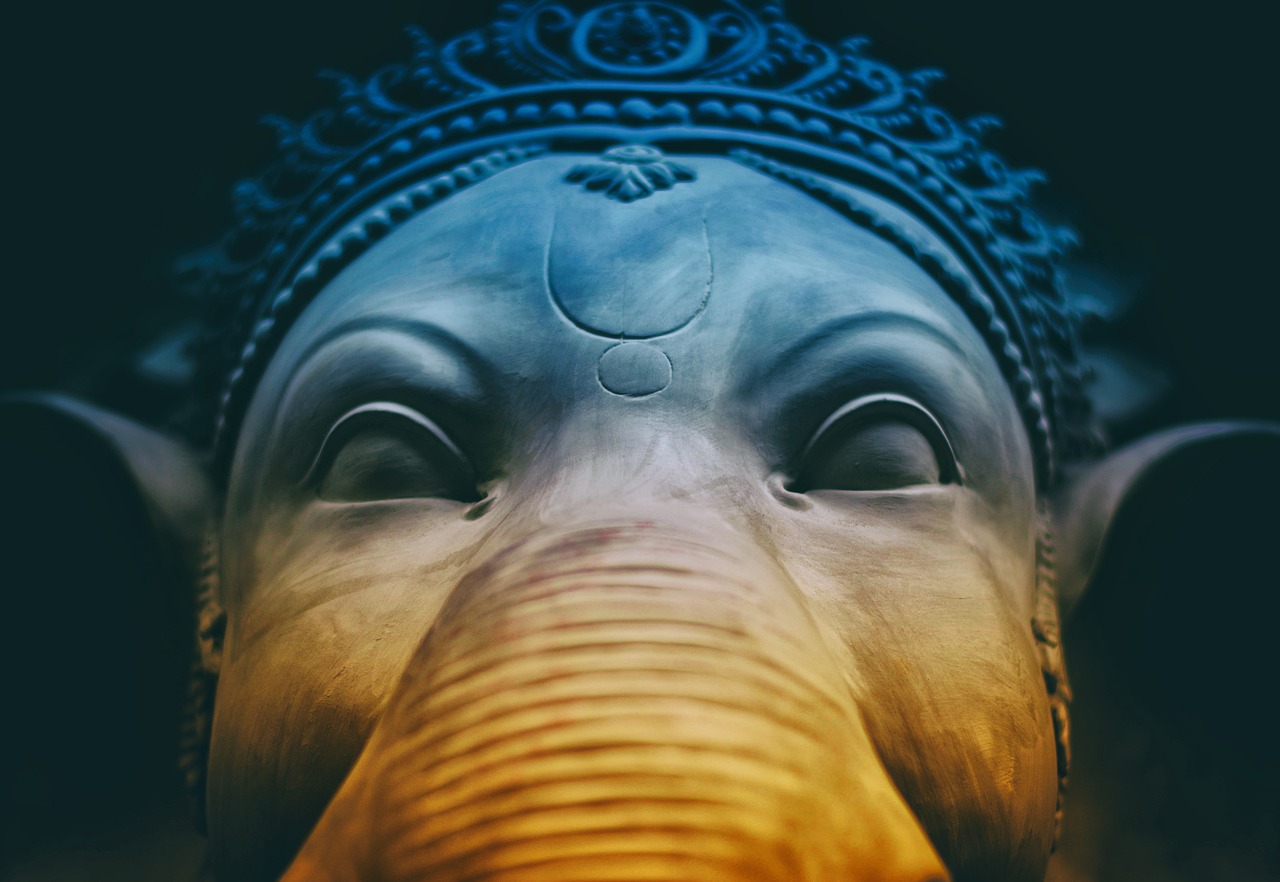
Taranis holds a significant position as a formidable deity within the Celtic pantheon, renowned as the god of thunder, lightning, and storms. Commonly portrayed alongside a wheel, this symbol reflects the celestial nature of storms and likely ties him to themes of the cosmic wheel or the seasons’ cyclical nature. Who is Taranis? Taranis is…
-

The perception of Achilles and Hector throughout history reveals a complex interplay of cultural values and narrative interpretations. The Greeks held both heroes in esteem, yet Achilles, known as the greatest among the Achaeans, garnered more admiration. Hector, a Trojan prince, was often viewed as a foreigner, leading to varying receptions in Roman culture, where…
-
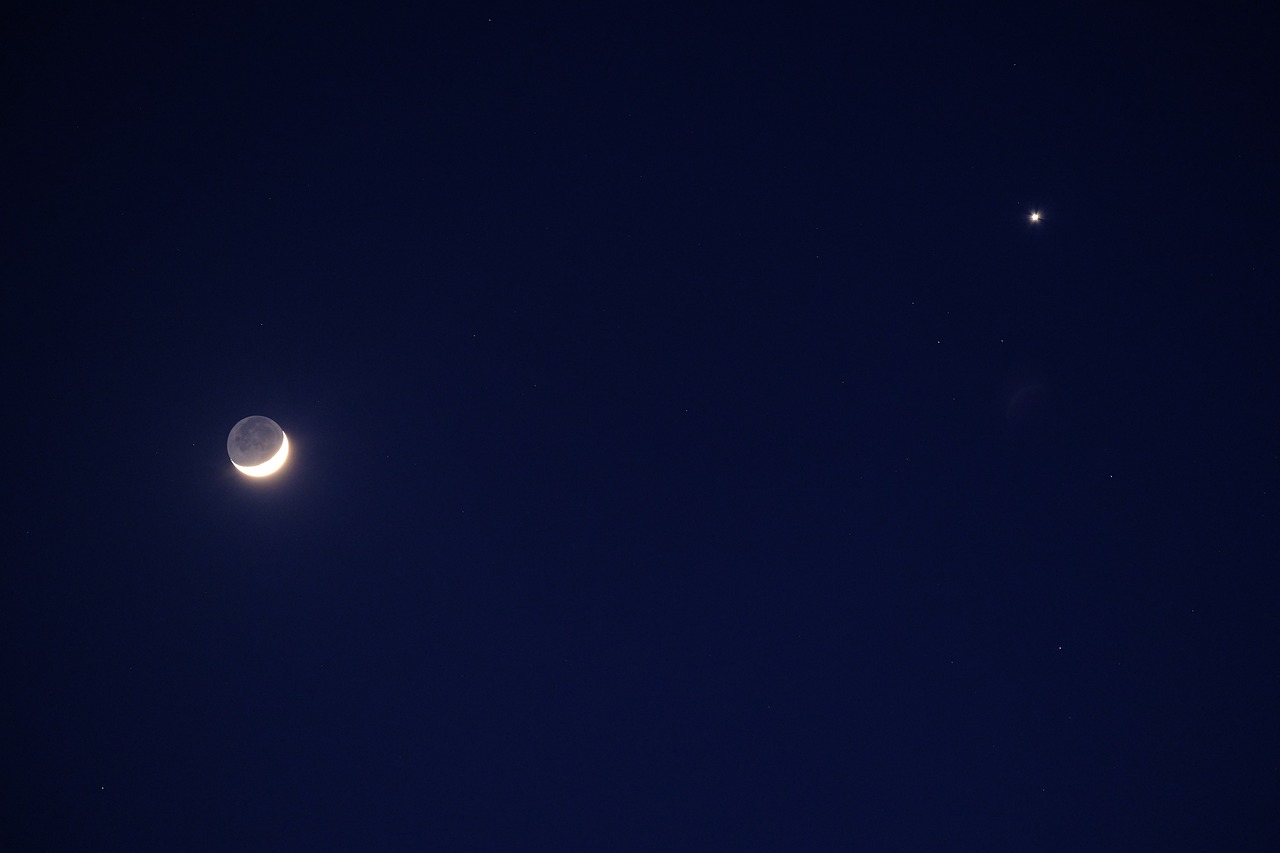
The Significance of Venus in Mythology Venus, recognized as the most luminous object in the night sky after the Sun and the Moon, has captivated human interest since prehistoric times. In places like Siberia, it stood alone among the planets with its distinct name, Cholbon. This planet was linked with both the Morning Star and…
-
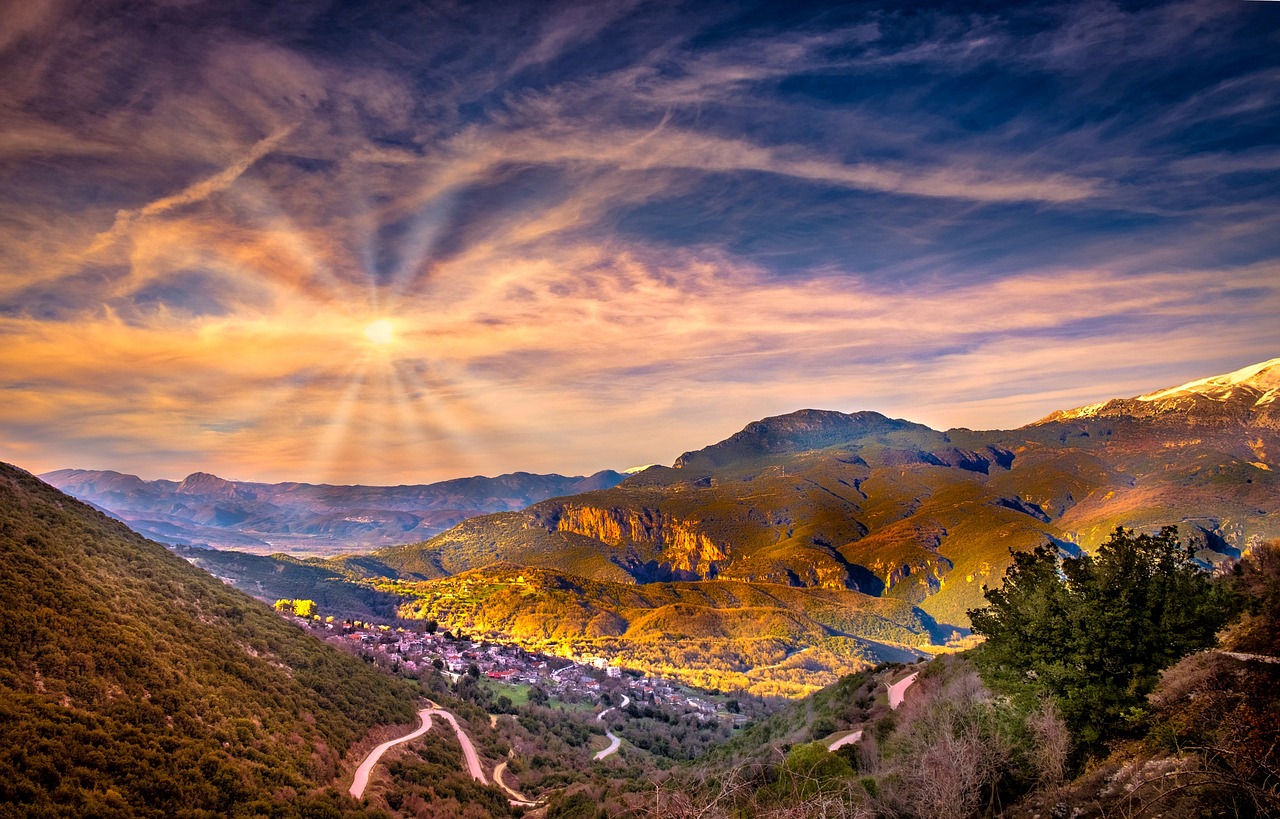
Greece is situated at the southernmost part of the Balkan Peninsula, extending southward into the surrounding seas, including the Aegean, Ionian, Mediterranean, and Thracian seas, along with an extensive archipelago comprising nearly 1,500 islands. Noteworthy islands such as Crete and Evia are the largest, while major island groups encompass the Argo-Saronic, Cyclades, Dodecanese, Ionian Islands,…
-
Taweret is a fascinating deity in ancient Egyptian mythology, depicted as having the body of a hippopotamus, lion’s legs, and a crocodile’s face. This striking combination gives her an intriguing appearance that blurs the line between fearsome and maternal, embodying qualities that make her seem like the ultimate cosmic companion. Her round, approachable form might…
-

Shu: The Egyptian God of Wind and Air Shu, revered as the deity of air and the atmosphere, is a significant figure in ancient Egyptian mythology. Often recognized as the supporter of the sky, Shu emerges from the creation story involving Atum, the sun god, who expelled the elements of moisture and air, resulting in…
-
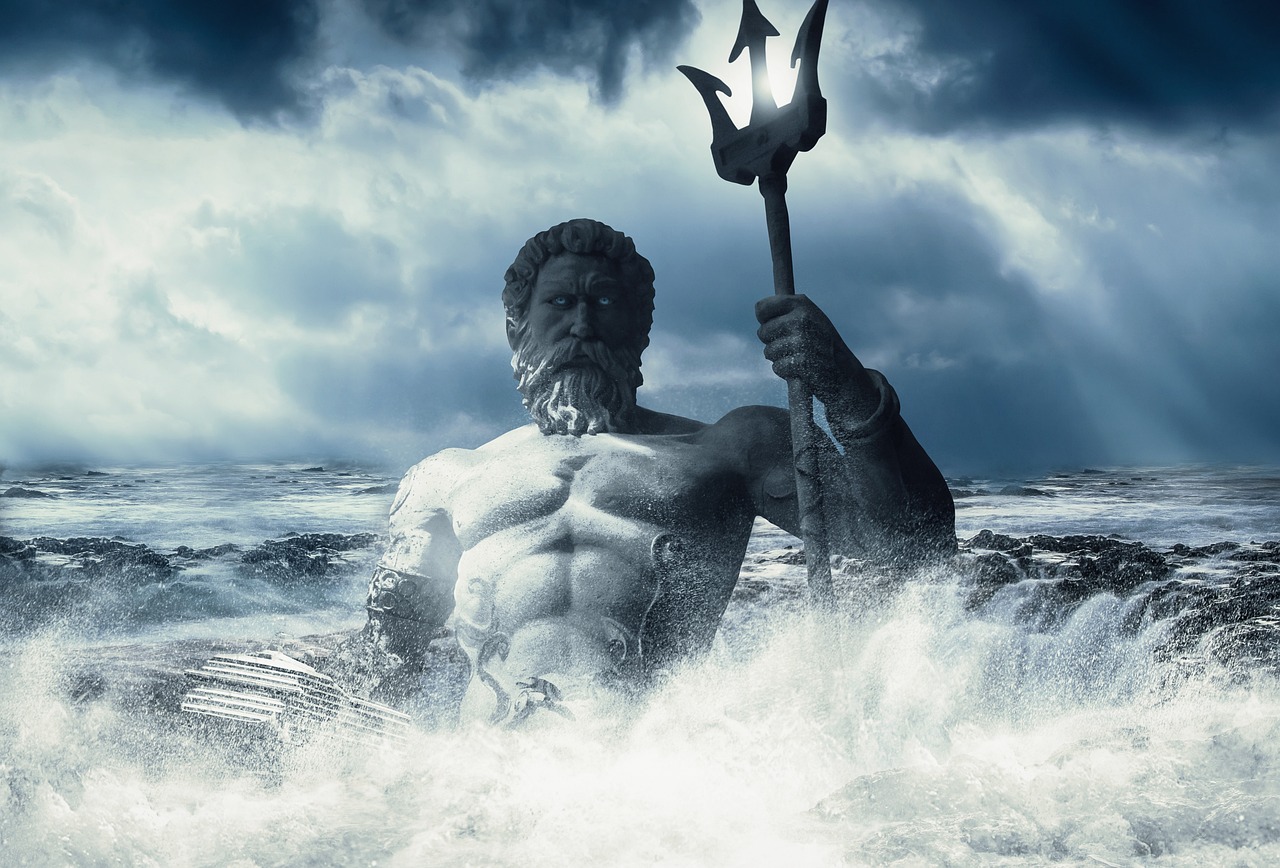
The Roman Empire was characterized by a rich polytheistic tradition, wherein its citizens acknowledged and worshipped numerous deities. Although monotheistic faiths, such as Judaism and early Christianity, existed within the empire, the reverence for multiple gods remained prevalent. The Romans believed these divine beings were instrumental in establishing their civilization and continued to influence the…
-

In Greek mythology, the primordial entity known as Chaos gives way to Gaia, the goddess embodying the Earth and the source of all life. Gaia’s essence resonates with figures across various cultures, such as the Roman Terra Mater, Andean Pachamama, Hindu Prithvi, and the Hopi’s Spider Grandmother, Kokyangwuti, who, along with the Sun god Tawa,…
-
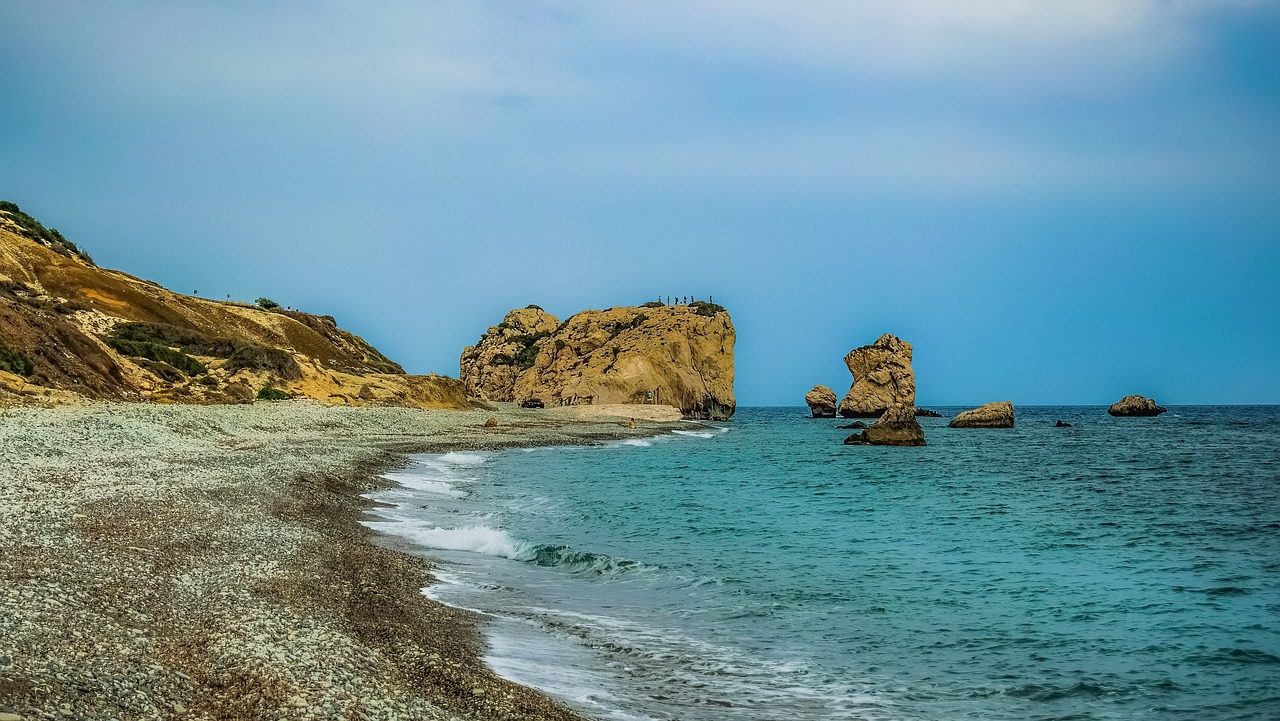
Aphrodite: The Olympian Goddess of Love and Beauty Aphrodite, the revered Olympian deity, embodies love, beauty, pleasure, and procreation. Often illustrated as an exquisite woman alongside Eros, the winged god of love, her symbols include a dove, an apple, a scallop shell, and a mirror. Classical artworks, such as sculptures and frescoes, typically portray her…


